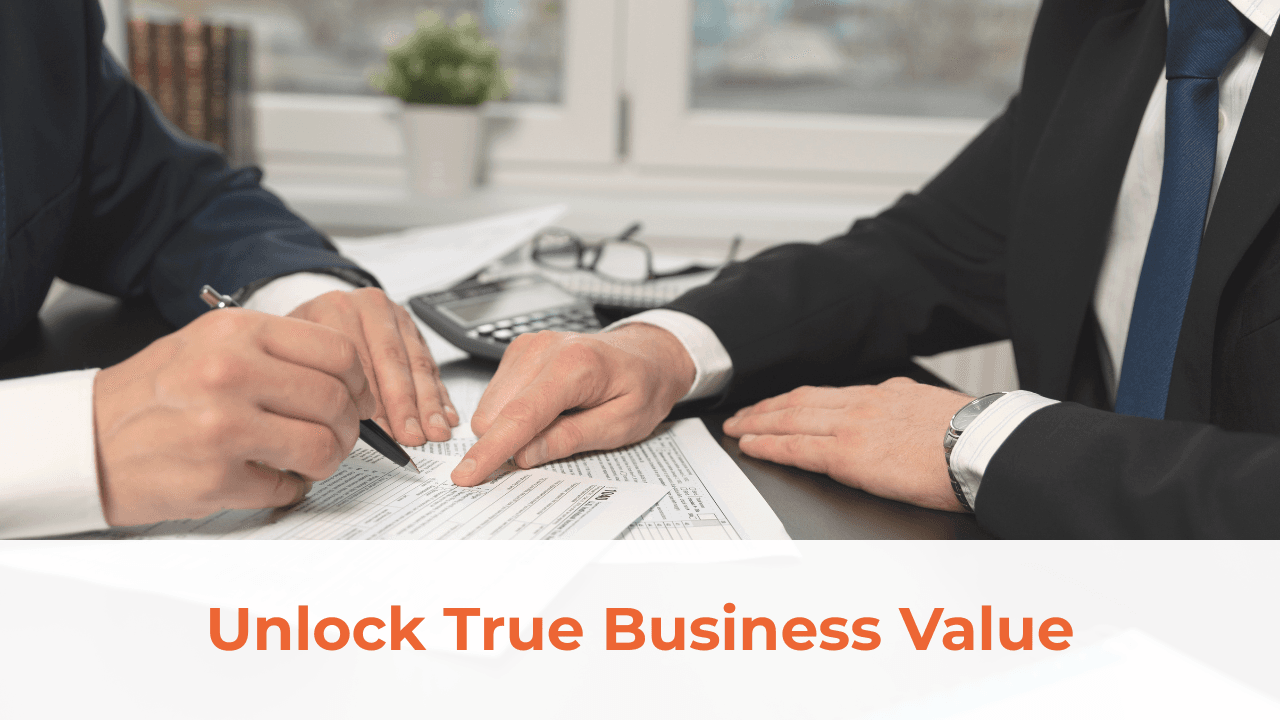6 Powerful Reasons a QofE Report Saves You Money
Buying a business is a major financial commitment, and one of the biggest mistakes buyers make is paying more than a company is truly worth. When sellers present clean-looking financials, it’s easy to assume the price matches performance. However, beneath the surface, numbers can be inflated, misclassified, or simply misunderstood.
This is where a Quality of Earnings (QofE) report becomes your most powerful defense. In this post, we’ll explore how a QofE report helps you avoid overpaying for a business by digging deeper into the financials and revealing what’s real and what’s not.
What Is a QofE Report?
A QofE report is a detailed financial analysis that evaluates the sustainability and accuracy of a company’s earnings. It adjusts for one-time events, verifies recurring revenue, normalizes EBITDA, and assesses whether the reported profits truly reflect the business’s financial health.
Unlike an audit, which checks for compliance, a QofE helps buyers evaluate the reliability of earnings from a buyer’s perspective, ultimately guiding what you should (and shouldn’t) pay for the business.
Why First-Time Buyers and Search Funds Often Overpay
Overpaying in a business acquisition happens when:
- Earnings are overstated by addbacks or unverified revenue
- Liabilities or debt obligations are hidden
- Customer churn or margin decline goes unnoticed
- Working capital is misrepresented
- Emotion overrides numbers in negotiation
For first-time buyers, these details are easy to miss. That’s why a third-party QofE report adds objectivity and rigor, especially when you’re negotiating price or structuring a deal with outside investors.
How a QofE Report Helps You Avoid Overpaying
Here’s how a Quality of Earnings report keeps buyers grounded and informed:
1. Identifies Non-Recurring Revenue
A company might report $1.5M in annual revenue, but what if $400K came from a one-time project? Without a QofE, you might base your offer on inflated earnings.
A QofE flags:
- Project-based or one-off income
- Seasonal or event-driven spikes
- Irregular cash infusions (e.g. PPP loans, settlements)
Overpaying risk: Assuming all revenue is repeatable
2. Normalizes EBITDA with Justified Addbacks
Sellers often use addbacks to adjust EBITDA for personal expenses or “non-business” costs. But many are overstated or unverified.
The QofE report:
- Reviews each addback line-by-line
- Requires documentation or backup
- Removes or reclassifies questionable adjustments
Overpaying risk: Paying a multiple on earnings that don’t exist
3. Flags Customer Concentration Risk
What if 40% of revenue comes from one client, and they leave after the deal closes? A QofE highlights this risk before it’s too late.
The report includes:
- Revenue breakdown by customer
- Retention rates and churn
- Contract lengths and dependencies
Overpaying risk: Paying a premium for unsustainable revenue
4. Verifies Revenue Recognition and Accounting Practices
If revenue is recognized prematurely or expenses are delayed, the books may look stronger than they are.
QofE teams review:
- Accrual vs. cash-based accounting
- Cutoff testing for revenue and expenses
- Internal consistency across ledgers and P&Ls
Overpaying risk: Valuing performance that hasn’t actually occurred
5. Assesses Working Capital Needs
You might agree on a purchase price, only to find post-close that the business doesn’t have enough capital to operate.
A QofE analyzes:
- Average working capital over 12–24 months
- Seasonal fluctuations
- Inventory and receivables cycles
Overpaying risk: Underestimating the capital needed to keep operations running
6. Spots Red Flags That Change Valuation Terms
During diligence, a QofE might uncover:
- Undisclosed debt or payroll taxes
- Legal issues affecting contracts
- Sudden margin compression
- Unexplained gaps in cash flow
This gives you the power to:
- Renegotiate the deal price
- Add holdbacks or earn-outs
- Walk away if risks outweigh rewards
Overpaying risk: Not building in contingencies for discovered risks
Case Example: QofE Report Impact on Purchase Price
Let’s say you’re buying a business listed at $2M with a reported EBITDA of $500K.
A QofE reveals:
- $100K in unverified addbacks
- $150K in revenue tied to expired contracts
- $50K in unpaid tax liabilities
Adjusted EBITDA: $250K
Revised valuation at 4x multiple: $1M
That’s a $1M swing from initial asking price. Without a QofE, you could have paid double.
QofE Isn’t Just Risk Protection, It’s Negotiation Power
Beyond catching red flags, a QofE arms you with leverage. Instead of making emotional arguments or taking the seller’s word, you’re backed by:
- Normalized financials
- Third-party validation
- Clear documentation for counteroffers
This shifts the dynamic in your favor and reduces surprises post-closing.
Should You Always Get a QofE?
Yes, especially if:
- Purchase price is over $500K
- You’re raising investor or lender capital
- The business has inconsistent financials
- There are large addbacks or customer dependencies
- You’re a first-time buyer or search fund
Even in smaller deals, a simplified QofE can justify valuation, build lender confidence, and support smarter structuring.
Final Thoughts
A QofE report is more than just a due diligence step, it’s your best tool for ensuring that what you see is what you get. It prevents costly mistakes, uncovers hidden risks, and gives you the clarity and leverage to buy a business at a fair price.
If you’re currently evaluating a deal or LOI:
Email us at saman@vasl.team
Schedule a free 30-minute consultation: Here
For full QofE, financial due diligence, and end-to-end advisory, visit our expert-backed M&A Services page.
